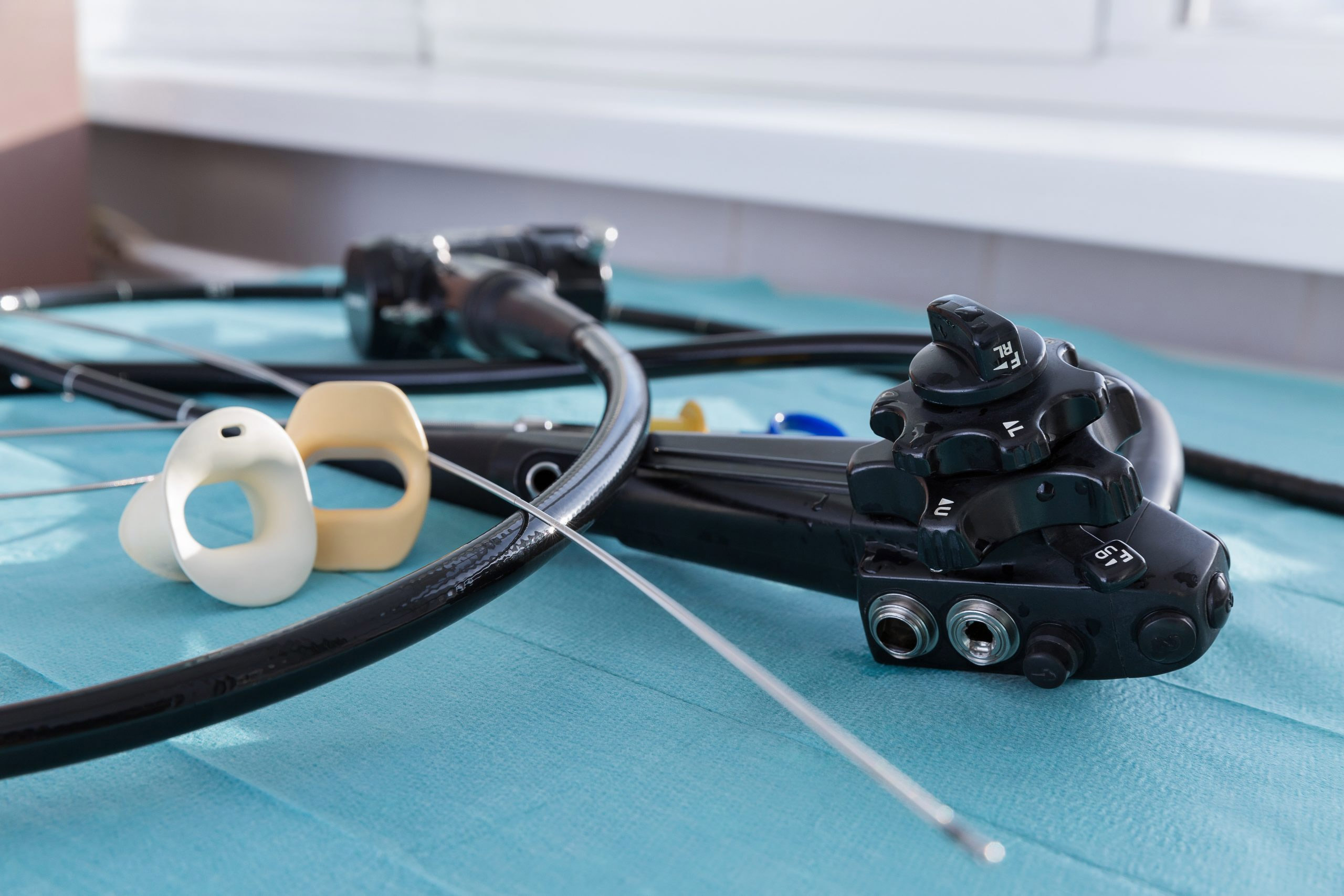
Pulmonologists and other clinicians know the frustration of reaching for a reusable endoscope, only to find it tied up with reprocessing or repairs, forcing procedural delays.
As sterile processing departments confront staffing shortages so common in healthcare since the COVID-19 pandemic, the problem has only grown worse.
At risk is the very core of patient safety, experts warn.
“Staffing shortages have the potential to result not only in processing inefficiencies which can cause procedural delays but also critical issues such as processing failures resulting in regulatory non-compliance and a threat to patient safety,” Robby Miller, a Phoenix sterile processing department manager, said in an interview in Infection Control Today.
What can happen when there are too few well-trained sterile processors?
Reusable flexible endoscopes have been under increasing scrutiny from the FDA in recent years due to reported device-related infections — including from multidrug-resistant bacteria. Reusable endoscope manufacturers have been issued warnings and instituted recalls due to design flaws and reprocessing inadequacies.
The safe reprocessing of all types of reusable endoscopes is critical to public health, since millions of procedures using endoscopes are performed annually around the world. Cross-contamination from patient-ready endoscopes, while rare, is a concern because studies show reprocessing does not guarantee 100 percent removal of all organisms from scopes, even when all guidelines are followed.
The estimated cross-contamination rate of patient-ready reusable bronchoscopes is more than 8 percent, according to a recent meta-analysis written by Helena Travis, a global health economist, and others, and published in February 2023 in the Journal of Infection Prevention.
“Despite continuous improvement in reprocessing and reprocessing guidelines, the reusable flexible bronchoscope (RFB) cross-contamination rate is still high,” the authors wrote. “An infection control paradigm shift is needed to ensure patient safety.”
Single-use endoscopes, like those made by Ambu, eliminate the need for reprocessing and repairs. Each patient gets a brand-new scope, eliminating the chance for cross-contamination from a scope that was not truly patient-ready.


